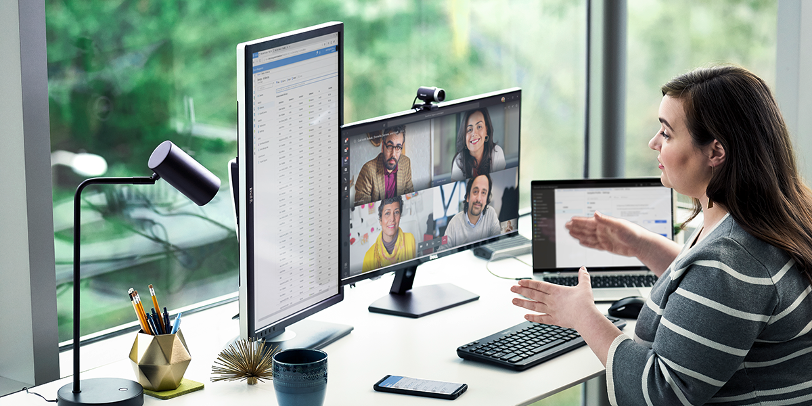With the sudden pandemic outbreak spreading like wildfire, businesses had no choice but to close their doors and send their employees home. Luckily, many industries allow remote work as a way of maintaining business activities, thus letting employees take their responsibilities home. However, transitioning to remote work can be challenging in terms of ensuring security and keeping workers focused on the right tasks. Here’s a brief guide on how to make a smooth transition from a traditional in-office environment to remote work.
How to Make a Smooth Transition
The best way to ensure optimal security when transitioning to remote work is to provide employees with secured devices. The company’s IT team should prepare the devices for what’s to come, including installing the right security and monitoring software. That way, the team can easily gain access to a remote device to reduce the damage in case of an incident. It is also important to set up restrictions on corporate devices to control employees’ access to confidential files and websites.
A mobile device management (MDM) system can be of tremendous value when optimizing remote devices and monitoring activities. However, smaller businesses that cannot afford to provide professional devices will have to deal with a whole different set of risks. BYOD or Bring Your Own Device has been a growing trend in the last couple of years. However, it does come with some undeniable security concerns, given that most users don’t pay a lot of attention to safety measures.
Remote workers who are using personal devices can turn into a liability rather than an asset for the company. In situations where people have to use personal devices for work, businesses should make it a priority to raise awareness and educate their workers regarding potential security risks. It is best advised to create a remote working policy and distribute it among the employees to get everyone on the same page. As long as remote workers stick to the right procedures, there should be no concerns over cybersecurity.
Keep Your Employees Motivated
Transitioning to remote work comes with a variety of challenges beyond security. One of those challenges is helping employees adapt to the new situation, given that they have no prior remote work experience. It is common for new remote workers to lose focus quickly and notice a drop in their productivity levels. This is all-natural, considering the unexpected change of pace and environment. Adapting to remote working can be a rough road, depending on the industry and the type of work in question.
In order to help employees adapt to working remotely, businesses should help motivate them through progress tracking and reward systems. It is also important to encourage consistent communication in one secure location such as a work hub similar to Microsoft Teams. By having access to a single location where they can share data, files, and experiences, workers can stay on track with their projects and maintain high productivity levels.



 714-333-9620
714-333-9620